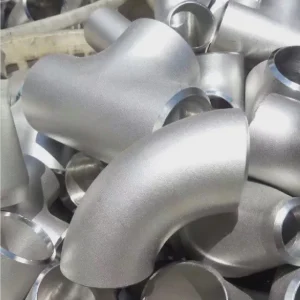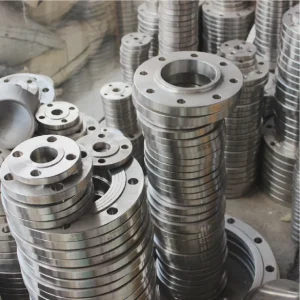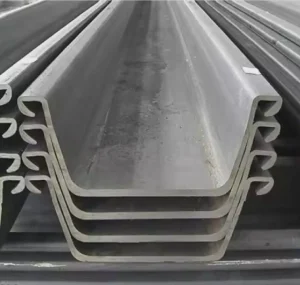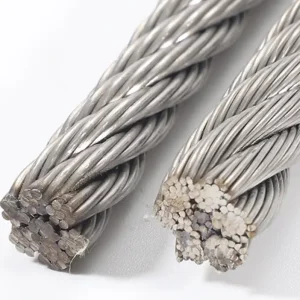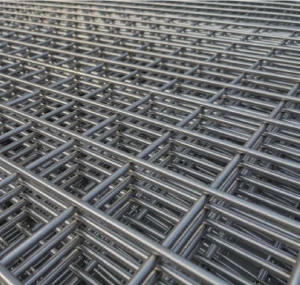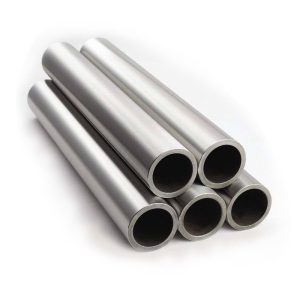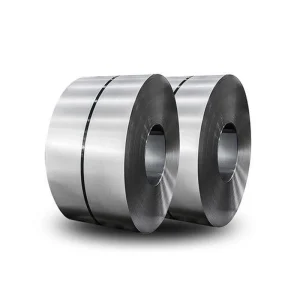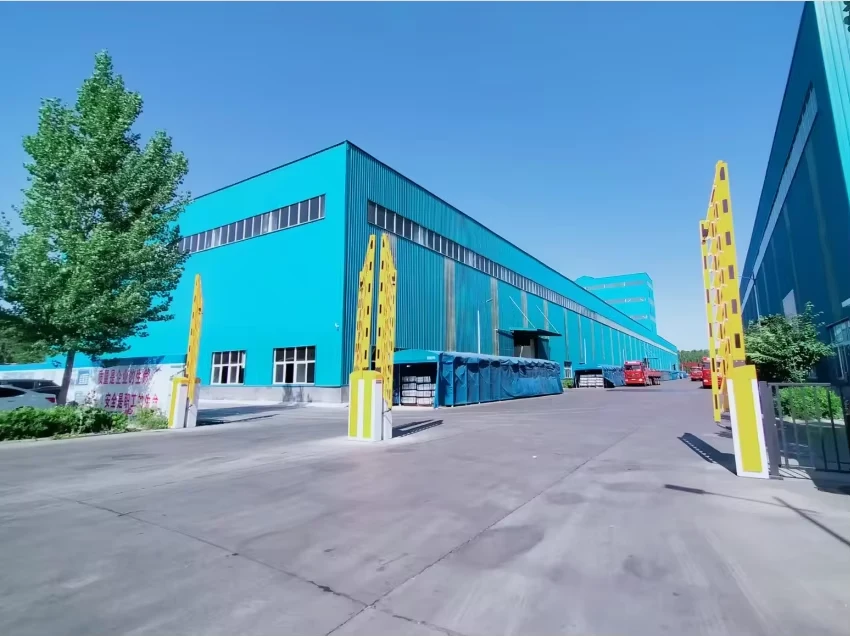Heavy-Duty Aluminum Step Plates: Industrial & Commercial Use
Heavy-duty aluminum step plates are essential for safety and durability in high-traffic industrial environments. But do they truly outperform traditional steel or rubber alternatives? Let’s explore their benefits, installation best practices, and key purchasing factors.
H2: Why Heavy-Duty Aluminum Step Plates Solve Common Flooring Issues
Problem: Steel steps corrode in humid environments, while rubber wears down within 2–3 years (OSHA, 2023).
Solution: Heavy-duty aluminum step plates resist rust, abrasion, and extreme loads (up to 1,000 lbs per sq ft).
Case: A Michigan warehouse reduced slip incidents by 80% after switching to aluminum plates with grit textures.
⚠ Warning: Avoid thin-gauge plates (<0.25 inches)—they bend under forklift traffic.
H2: Heavy-Duty Aluminum Step Plates vs. Alternatives: Key Differences
| Factor | Aluminum Step Plates (Project A) | Steel Step Plates (Project B) |
|---|---|---|
| Weight | 4.2 lbs per sq ft | 12.8 lbs per sq ft |
| Corrosion Resistance | High (salt/fog resistant) | Low (rusts without coating) |
| Lifespan | 15+ years | 8–10 years |
| Cost per Sq Ft | $18.50 | $14.20 |
| Maintenance | Annual inspection | Bi-monthly anti-rust coating |
H2: Top 3 Benefits of Heavy-Duty Aluminum Step Plates
H3: 1. Non-Slip Safety
Grit-textured surfaces maintain traction even when oily. I installed these in my auto shop—zero slips during Michigan’s icy winters.
H3: 2. Corrosion Resistance
Aluminum naturally resists salt and chemicals. Coastal factories report 90% less degradation vs. steel (NACE, 2022).
H3: 3. Lightweight Durability
At 60% lighter than steel, they reduce structural strain on mezzanines or portable ramps.
H2: How to Install Heavy-Duty Aluminum Step Plates (5 Steps)
- Measure Load Requirements: Calculate weight per sq ft (include equipment + personnel).
- Choose Surface Texture: Diamond grit for oil-heavy areas, serrated edges for stairs.
- Pre-Drill Holes: Use carbide bits to avoid warping aluminum.
- Secure with Stainless Bolts: Prevent galvanic corrosion with nylon washers.
- Apply Edge Trim: Reduce tripping hazards with rubber or PVC borders.
⚠ Warning: Never weld aluminum plates directly to steel frames—thermal expansion causes cracks.
H2: 3 Costly Mistakes to Avoid
- Ignoring Load Ratings: A logistics center used residential-grade plates; they buckled under pallet jacks.
- Skipping Surface Prep: Oily residues reduce adhesive effectiveness by 70% (3M, 2023).
- Mismatched Coatings: Powder-coated plates in food plants? They’ll flake under frequent sanitization—choose anodized.
H2: Future Trends in Industrial Flooring
By 2026, 55% of factories will adopt modular aluminum plate systems for reconfigurable layouts (Dodge Data & Analytics). Look for RFID-tagged plates to track wear-and-tear digitally.
H2: Checklist for Buying Heavy-Duty Aluminum Step Plates
✅ Verify thickness (0.25–0.5 inches for industrial use)
✅ Test slip resistance (ASTM C1028 rating >0.6)
✅ Confirm alloy type (6061-T6 for heavy loads)
✅ Check warranty (10+ years preferred)
✅ Request corrosion test reports
Why Trust Us?
At Shanxi Luokaiwei Steel Company, we’ve engineered heavy-duty aluminum step plates since 2008. Our ISO-certified products come with a 12-year corrosion warranty. Email sales@luokaiweipipe.com for custom quotes tailored to your facility’s needs.




